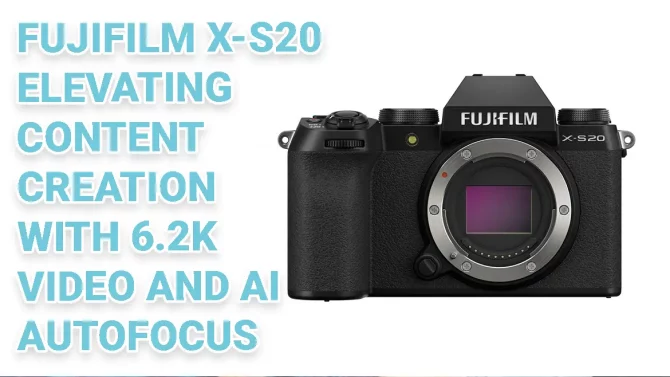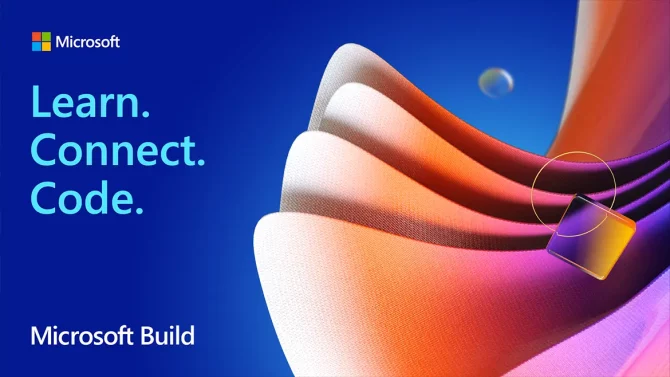
The Fujifilm X-S20 places vlogging directly at its fingertips, rivaling Sony’s ZV-series with its remarkable 6.2K video capability and AI-powered autofocus.
Fujifilm endeavors to surpass Sony in their own domain with the introduction of the X-S20, a camera oriented towards content creation, boasting 26 megapixels. While it retains a similar body and sensor as its predecessor, the X-S10, it brings forth substantial enhancements in terms of video quality and more. However, it does come at a considerably higher price point compared to the X-S10’s initial launch.
Lisa Baxt from Fujifilm aptly describes the X-S20 as a truly visionary camera, particularly appealing to content creators who seek to elevate their photography and videography endeavors, especially those dedicated to documenting their lives, embarking on global adventures, or sharing their stories through online streaming platforms.
Although equipped with the previous generation’s 26-megapixel X-Trans sensor found in the X-S10, it leverages the brand’s advanced X-Processor 5. This facilitates the integration of cutting-edge deep learning AI autofocus technology, augmenting speed and enabling the camera to effortlessly recognize subjects such as animals, birds, automobiles, motorcycles, bicycles, trains, insects, and drones, akin to the esteemed X-H2 and X-T5 models. Moreover, the X-S20’s automatic subject detection eliminates the need for users to manually select their desired focal point before capturing an image.
This notable advancement substantially elevates the camera’s video capabilities as well. Whereas the X-S10 was confined to recording 4K 30p 10-bit videos, the X-S20 excels by capturing breathtaking 6.2K 4:2:2 10-bit open gate video, offering the freedom to crop footage into any desired horizontal or vertical format. It additionally supports DCI 4K at 60 fps and delivers captivating super slow-motion 1080/240p video. Furthermore, it boasts compatibility with F-Log2, delivering an exceptional dynamic range of up to 13-plus stops, surpassing the X-S10’s limitations with F-Log and offering one additional stop of dynamic range.
Thanks to its compatibility with faster UHS-II cards, the X-S20 affords a significantly higher 360Mbps bit rate. Nonetheless, it remains equipped with a single card slot. Furthermore, users have the option to record 12-bit Apple ProRes and Blackmagic RAW video at 6.2K 30p and 5.2K/30p externally, whether through Atomos or Blackmagic recorders. Fujifilm also offers an optional external cooling fan that extends the X-S20’s 6.2K video recording capability to an impressive 80 minutes, doubling the time compared to without the fan.
Fujifilm admirably imitates Sony by incorporating a dedicated Vlog function into the X-S20’s mode dial. This innovative setting provides direct access to a vlogging touch menu, featuring functions like product priority focus mode, background defocus, high-speed recording, and face/eye detection, among others. Similar to Sony’s V-series models, product priority mode disables face/eye detection, enabling the camera to prioritize the sharp focus of a product positioned in front of the lens, while background defocus opens the aperture to its widest extent, ensuring enhanced background blur.
Another noteworthy addition is the UVC/UAC support, enabling the camera to seamlessly function as a webcam when connected to a personal computer. Additionally, users can effortlessly stream 4K/60p video live online using OBS studio.
Regarding photography capabilities, the X-S20 can capture bursts of up to 8 frames per second when utilizing the mechanical shutter mode, or an impressive 20 fps in electronic mode. The buffer accommodates over 1,000 JPEG or compressed RAW images in mechanical mode, a substantial increase compared to its predecessor. However, the uncompressed RAW image limit remains at 35 frames, which is twice the capacity of the X-S10. In electronic mode, the buffer can handle 79 compressed RAW images before reaching its limit, or 28 uncompressed RAW shots.
Consistent with its predecessor, the X-S20 features five-axis in-body stabilization, with Fujifilm enhancing its effectiveness from six stops to seven when used in conjunction with compatible lenses. Additionally, it boasts a fully articulating 3-inch display with an improved resolution of 1.84 million dots, surpassing the previous count of 1.04 million. The OLED electronic viewfinder exhibits an impressive resolution of 2.36 million dots and a refresh rate of 100 fps.
Retaining a similar body design, the X-S20 now incorporates a slightly larger grip and weighs 491 grams, making it marginally heavier, yet still remarkably lightweight for a camera of its caliber. Other notable features include microphone/headphone and HDMI micro ports, and the reintroduction of the pop-up flash.
The X-S20 is priced at $1,300 for the body only, surpassing the X-S10’s $1,000 launch price. Alternatively, it can be purchased as a kit with the XC15-45mm f/3.5-5.6 lens for $1,400, or with the XF18-55mm f/2.8-4 lens for $1,700. Shipping is set to commence on June 29th.
In conjunction with the camera, Fujifilm unveiled the XApp, a dedicated application designed to facilitate remote shooting, file transfers, and other functionalities for X- and GFX-series cameras. The company emphasizes that it took careful consideration of user feedback during the app’s development, striving to deliver a significant improvement compared to the previous, lackluster iteration. Fujifilm also announced the upcoming release of the XF8mmF3.5 ultra-wide-angle lens, retailing at $800, and estimated to ship on or around June 29th, 2023.





